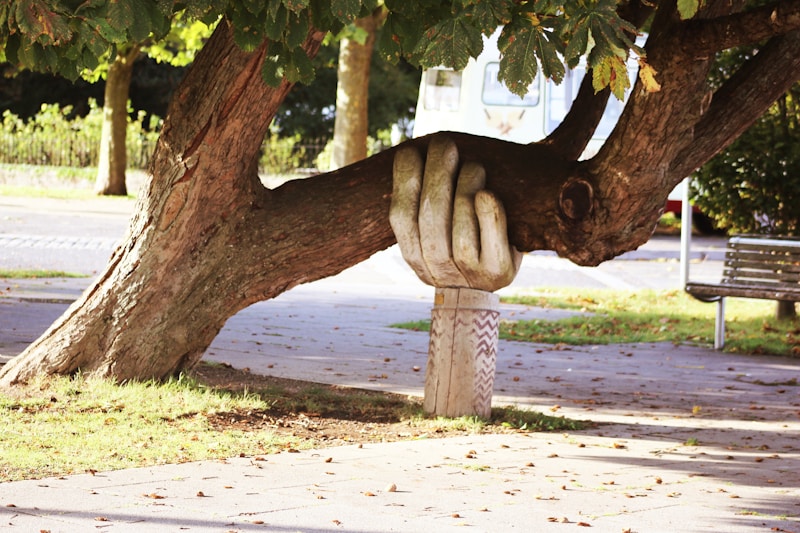In the yoga industry we need to be educating ourselves on how to make classes open and accessible to all, including those who are neurodiverse.
But what does neurodiverse mean? Neurodiversity covers a range of conditions that affect how a person’s brain functions, making it work differently to a neurotypical brain.
Rather than thinking about ‘normal’ brains and ‘brains that have something wrong with them’, the term neurodiverse describes brains that are wired slightly differently.
What are these Neurodiverse conditions?
Neurodiversity includes anyone with ASD, short for Autistic Spectrum Disorder. This can also be known as ASC (Autistic Spectrum Condition) or Asperger’s.
Autism is a neurological condition (relating to the brain, spinal cord and nervous system) and not an illness. It’s something that you’re either born with, or that happens at a young age, and it isn’t something that can be ‘cured’.
Rather than being a linear scale, the autistic spectrum is more like a colour wheel. Everyone with autism is as different as people without autism. Some people will need daily support, while others will be able to function completely independently.
What Effect do these conditions have?
Autistic people will be as different as everyone else, but there are some things that they may find challenging.
- Social Communication – they can have difficulty interpreting verbal and non-verbal language, including metaphors, implied meaning, sarcasm, or emotional overtones.
- Change or Unexpected events or behaviour – change to routine can be unsettling for those with ASD, triggering anxiety.
- Over- or Under-sensitivity to light, sound, taste or touch – many crowded or loud settings can be a sensory overload for those with ASD.
Something to bear in mind is that those with ASD often have other conditions such as epilepsy, depression and anxiety and ADHD (Attention Deficit Hyperactivity Disorder).
How Yoga Classes Can be Accommodating
If you’re neurotypical you’re likely to have an advantage over those with any type of autistic condition because society is set up for brains like yours. Yoga classes can easily welcoming spaces for those with ASD, but it just takes a little extra thought.
Communication
This is a key skill for a yoga teacher, but when it comes to those with a neurodiverse condition, clarity is key. Often those with autism take things literally, so make sure that if you use a flowery metaphor, that you also elaborate with a literal instruction as well.
Demonstrate
If a verbal instruction isn’t working for a student, use your body to demonstrate (not theirs), as visual learning can be a simpler tool.
Give Time
It can just take a person with ASD a little longer to process language. So make sure to emphasise that it’s not a race, and everyone can get there in their own time.
Give Space
As with all students it’s best to check first before making any physical adjustments. In the post-Covid, post-MeToo era, this kind of goes without saying, but those with ASD can find any physical contact uncomfortable (but not always!).
Consistency
One of the ways that yoga classes can provide a safe space for all, is to be consistent. Start and finish classes the same way, so that there is a clear structure to your classes. This doesn’t mean that there isn’t space for creativity, but a clear beginning and ending is a great way to reassure and give clear boundaries.
Sensitivity to Noise and Light levels
One thing to be aware of is that some students may well struggle with too much noise, certain music, or as our YL graduate Chaanah Mortlock found out, even certain voices! Sitting at the front of the class and asking if everyone’s ok with music levels isn’t the best way to address this, as it might feel awkward to admit that you don’t want music in front of everyone else. Instead, find a way to include a question regarding music on your initial email to new students.
Just as you check that everyone’s ok with temperature levels, ask about lighting too. Some overhead strip lighting is unpleasantly bright, so see if there’s different options, such as lamps that can be plugged in.
Can People with ASD make Good yoga teachers?
Absolutely – YES. As brilliantly shown by previously mentioned YL graduate Chaanah. Only recently diagnosed with ASD, ADHD, Dyslexia and Dyscalculia, she has set up Curvy Asanas Yoga for curvy minds and curvy bodies.
People with ASD can have incredible focus on the things that they love. Take Greta Thunberg and her fierce devotion to the cause of the environmental crisis. Neurotypical people can have much to learn from those that see the world in a slightly different way.













